Japanese police officers officially allowed to wear sunglasses, buy drinks at convenience stores in Shimane
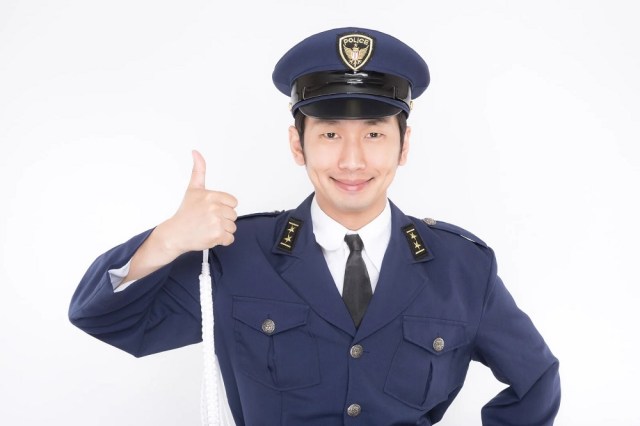
Stay cool, Shimane cops.
In the U.S., sunglasses are almost an unofficial part of the police officer uniform. In Japan, though, you’re unlikely to see law enforcement officials sporting shades, but that’s going to be changing in Shimane Prefecture.
On Thursday, Shimane updated its conduct guidelines for on-duty police officers, which now explicitly state that officers are allowed to wear sunglasses when on patrol or otherwise at work outside.
▼ Officer Daiki Nanami, from the Shimane Prefectural Police’s Matsue regional division, shows off the officially-OK look.
In Japan, sunglasses have long been associated with criminals, so much so that stock illustrations and photos depicting a crime in progress often show the perpetrator wearing a pair of shades. That mental connection has kept sunglasses from becoming common attire among the general populace in Japan, and doubly so for civil servants and police officers, who, naturally, want to be seen as symbols of law and order
But while sunglasses do, to an extent, hide the wearer’s face, they also protect the eyes. The summertime weather in Japan is far from mild, with intense heat and harsh sunshine the norm for any days when it’s not raining. It’s in the public’s best interest to have police officers who are sharp-eyed and not blinded by solar glare, and so Shimane has now gone on record that it’s OK for police officers to wear sunglasses, and is encouraging them to do so.
Being sharp-eyed won’t do you much good if you’re too dehydrated to spring into action when the need arises, though. Because of that, the new guidelines also explicitly state that it’s OK for on-duty police officers, while dressed in uniform, to enter shops and purchase items, with the implication being that they’re officially allowed to go into convenience stores and buy drinks to rehydrate with. This also is something not commonly seen in Japan, out of concern that citizens seeing a police officer browsing through the racks of bottled green tea, Pocari Sweat and other beverages might be seen as slacking off when they’re supposed to be serving and protecting. However, in addition to helping prevent heatstroke, an additional hope is that the periodic presence of uniformed police inside of retail stores will discourage shoplifting.
Though neither shopping while in uniform nor wearing sunglasses were technically against regulations, there were considered to be unwritten rules discouraging the practices.
The guidelines do still recognize that a police officer wearing sunglasses might appear intimidating to some people, and so officers are encouraged to remove their sunglasses when speaking with others, and also when entering stores and other buildings, to make it clear that the sunglasses are protective equipment, not fashion accessories.
Source: FNN Prime Online, NHK News Web
Top image: Pakutaso
● Want to hear about SoraNews24’s latest articles as soon as they’re published? Follow us on Facebook and Twitter!
Credit:

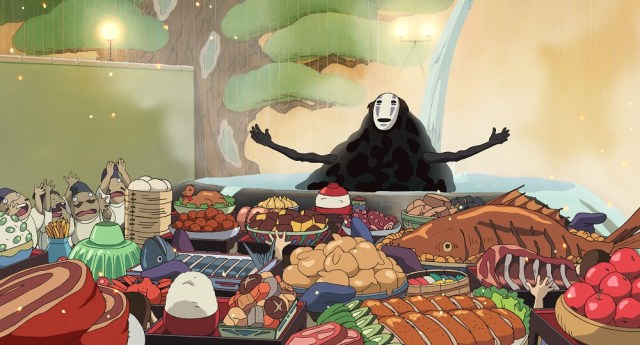
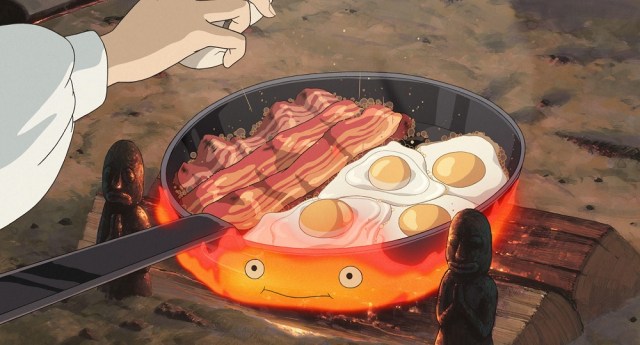

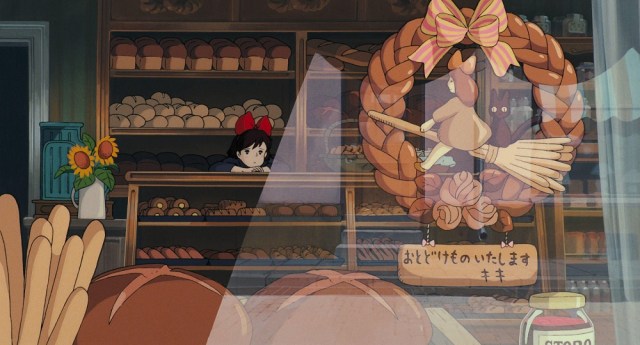
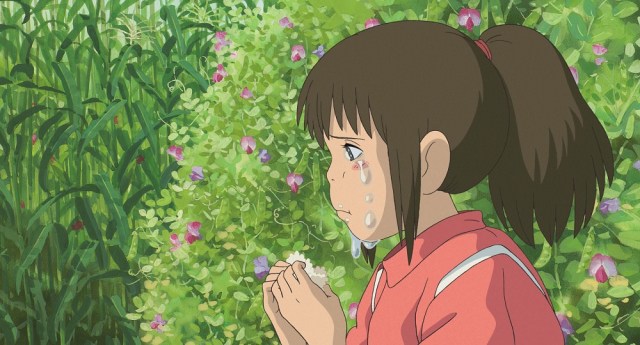
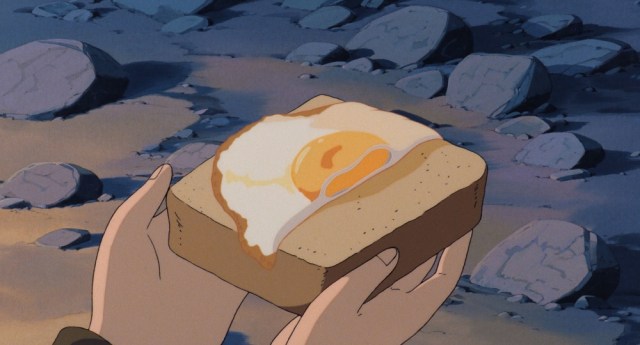
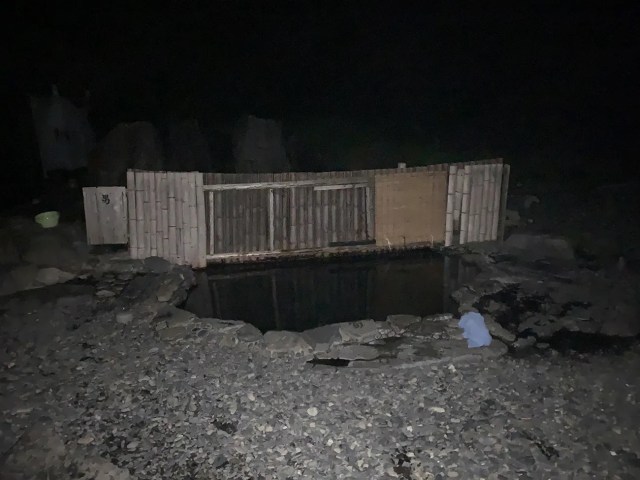
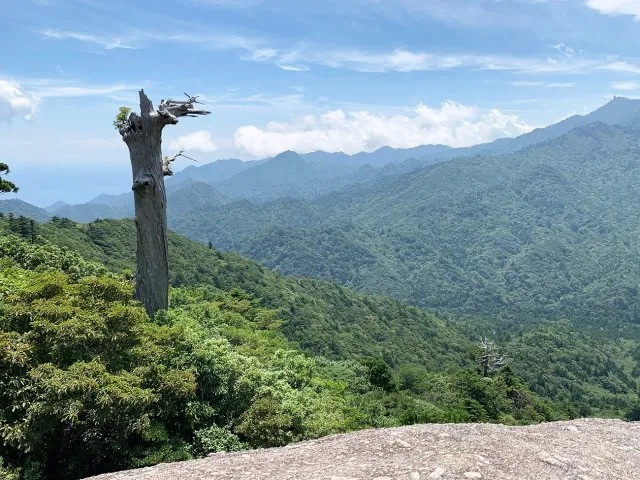
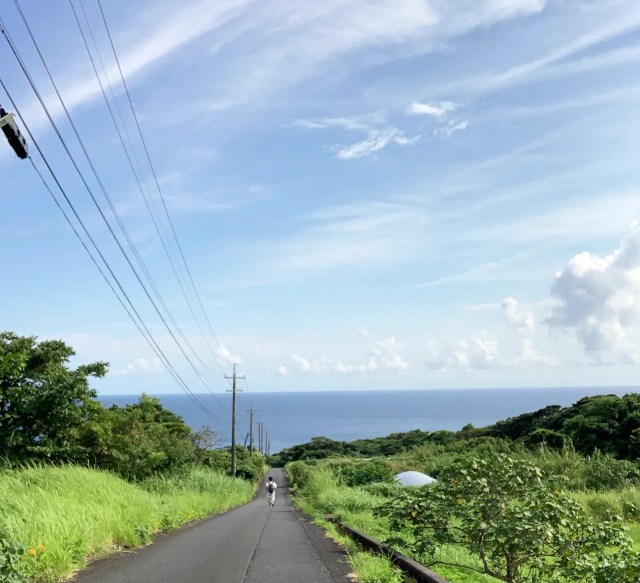
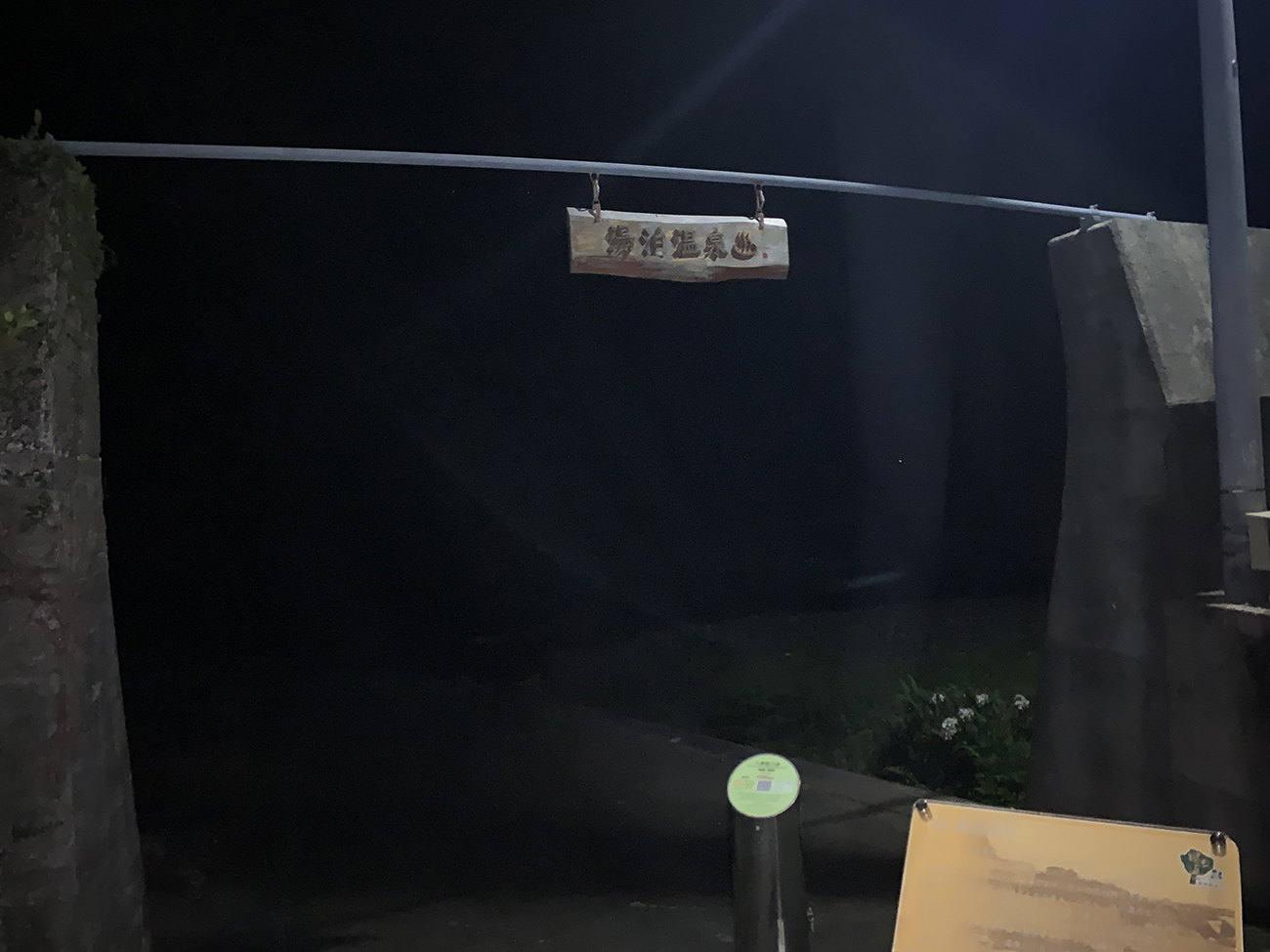
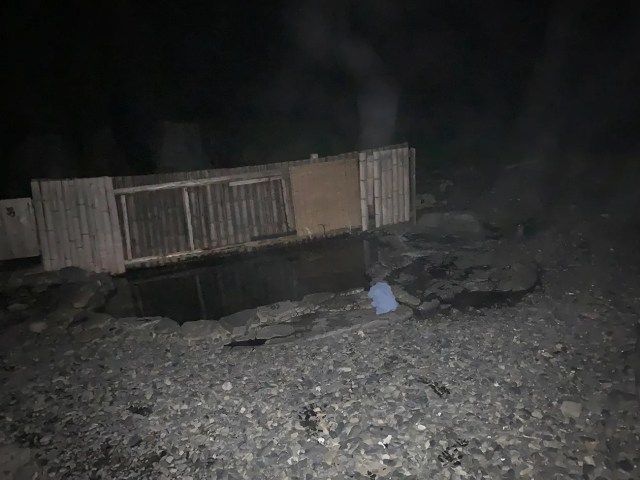

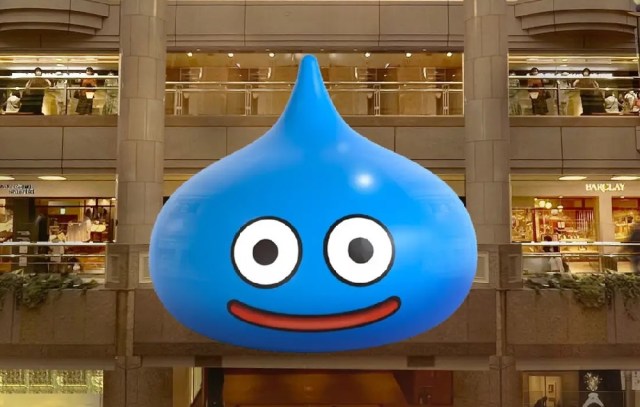
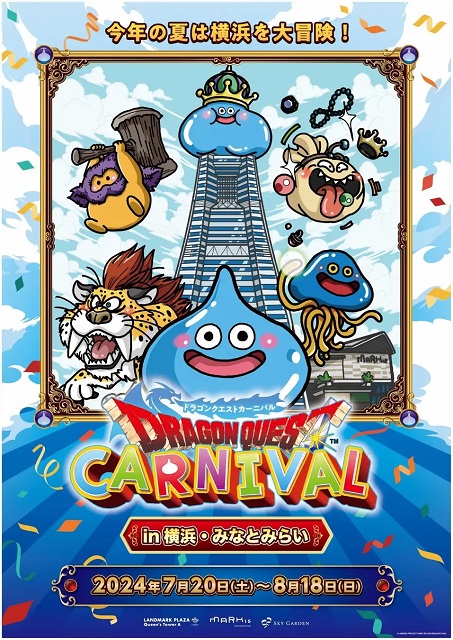
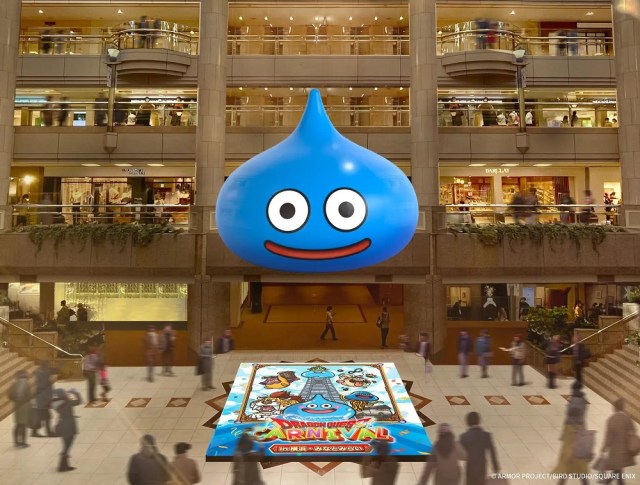
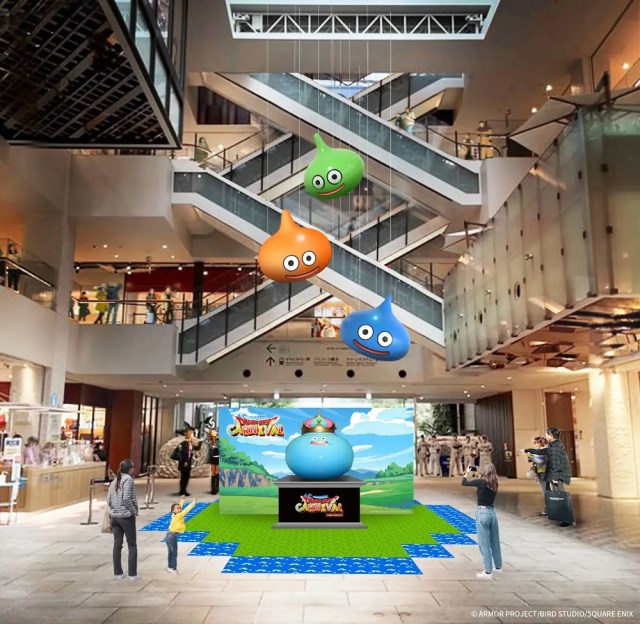
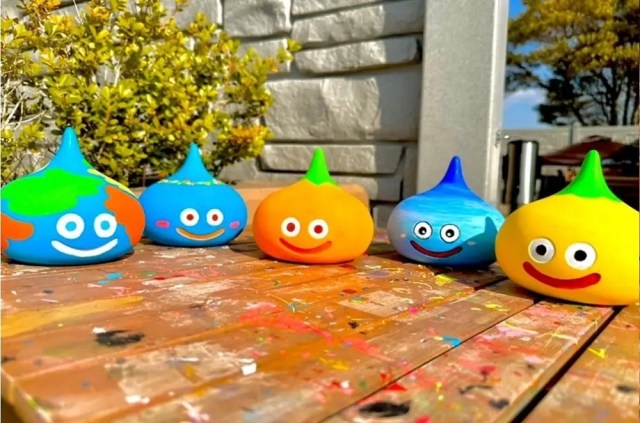

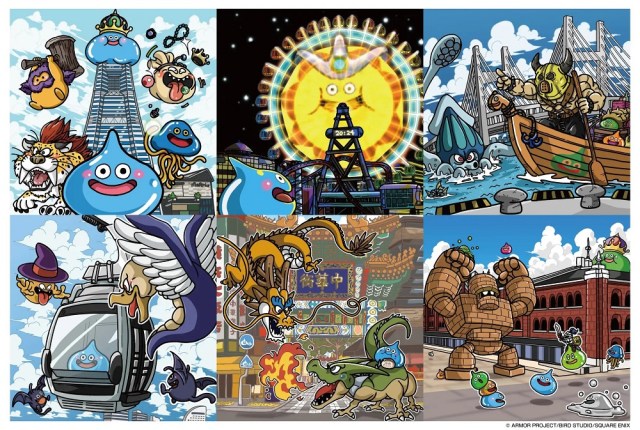
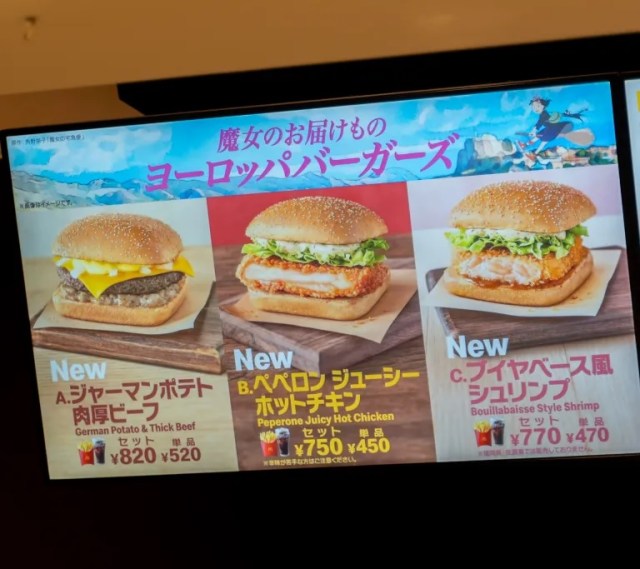
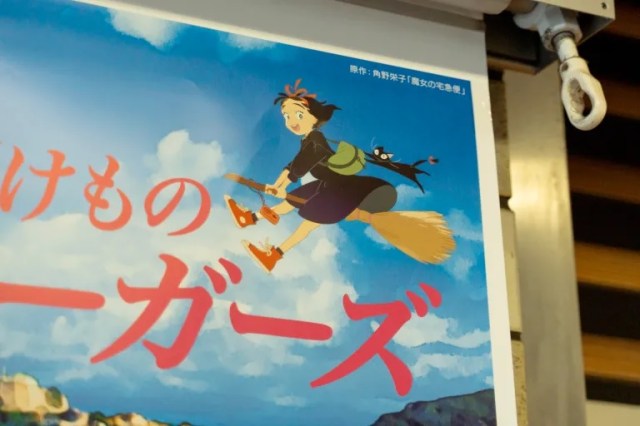
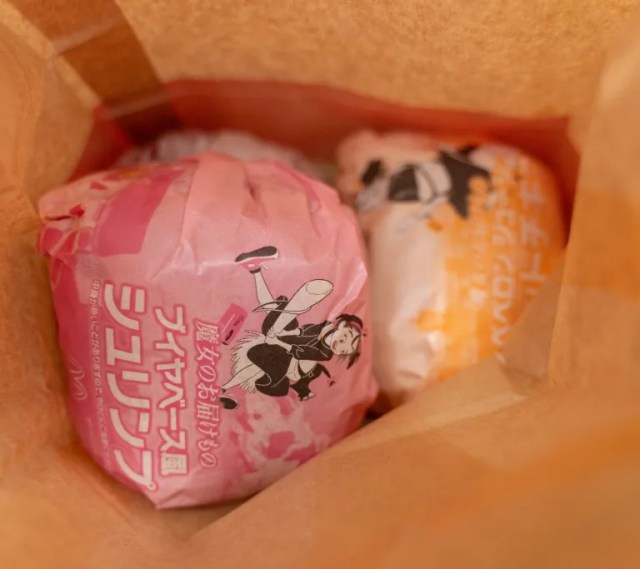
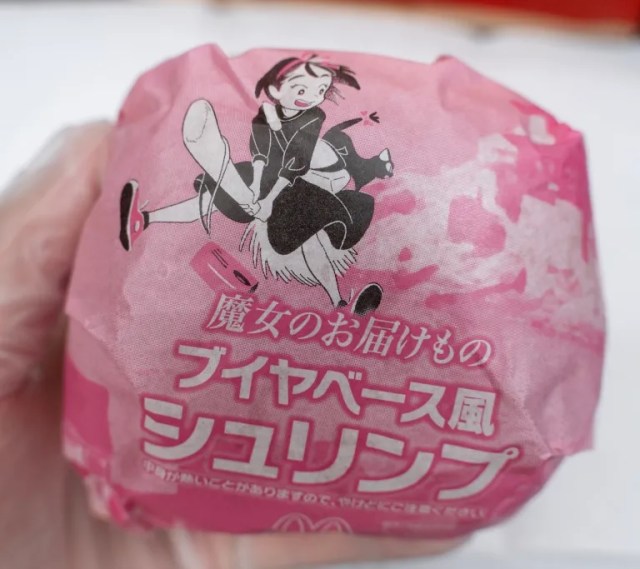
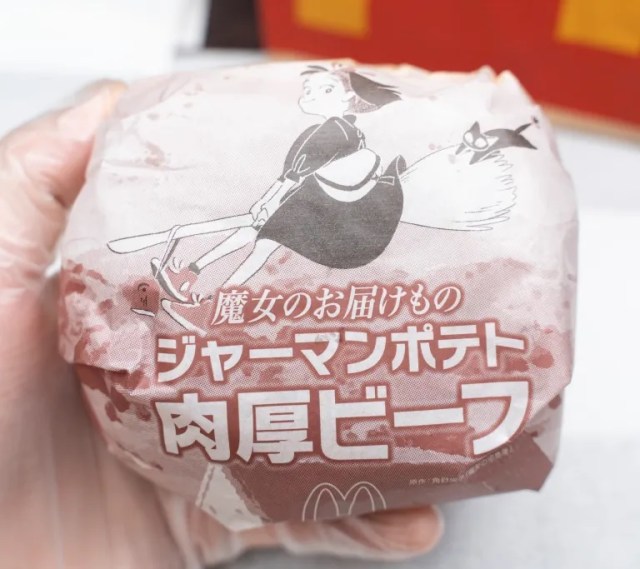
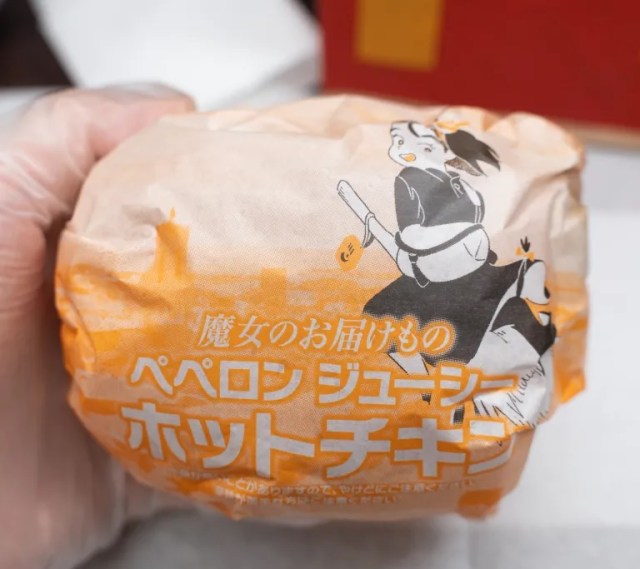
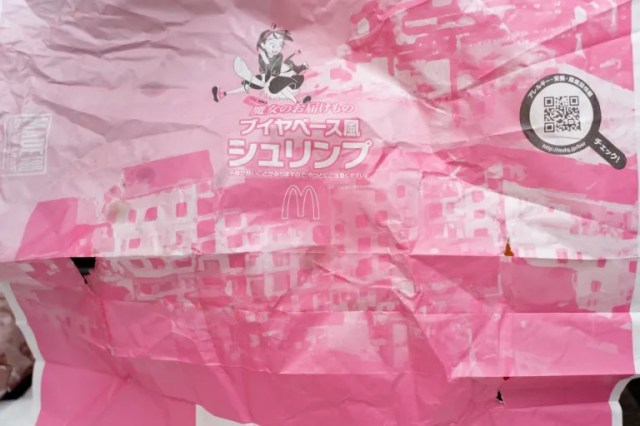
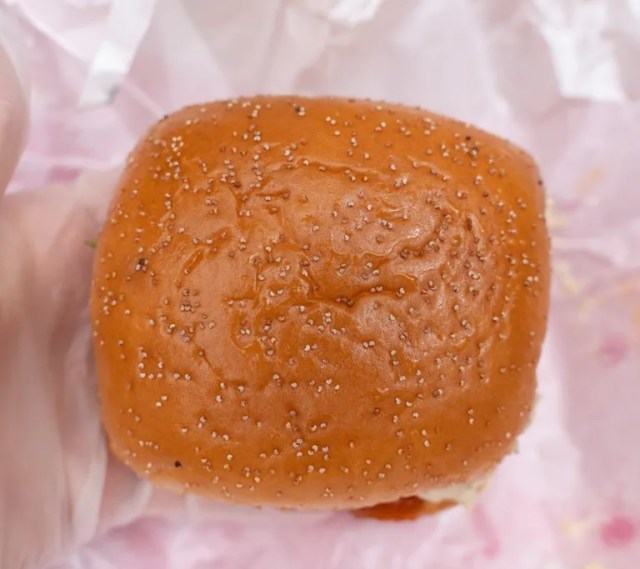
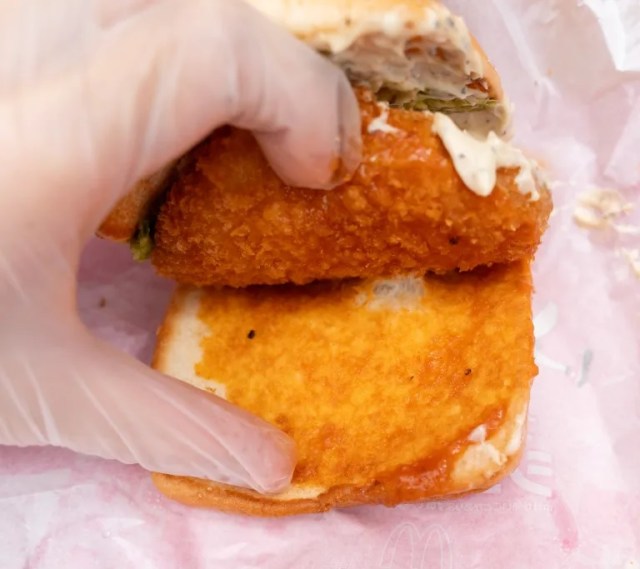
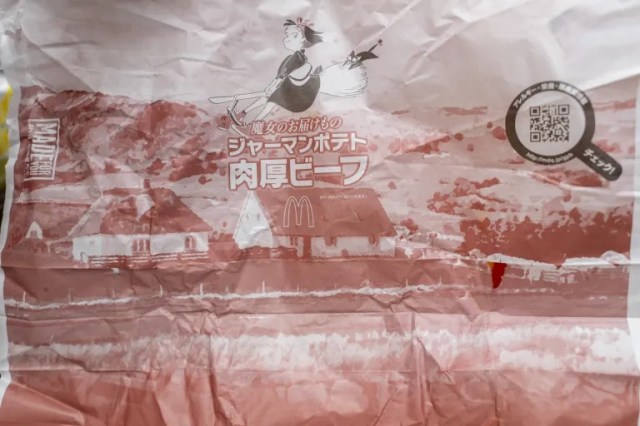


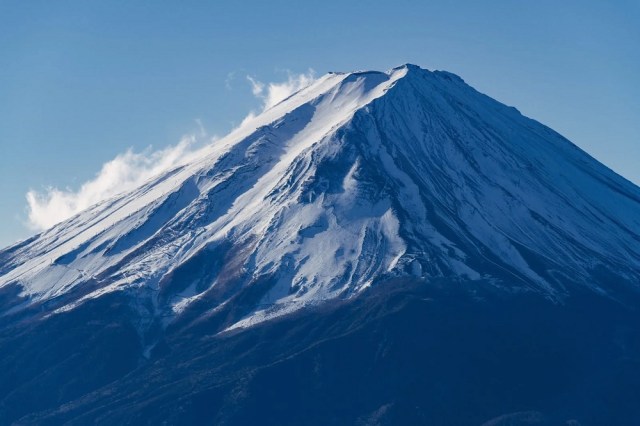
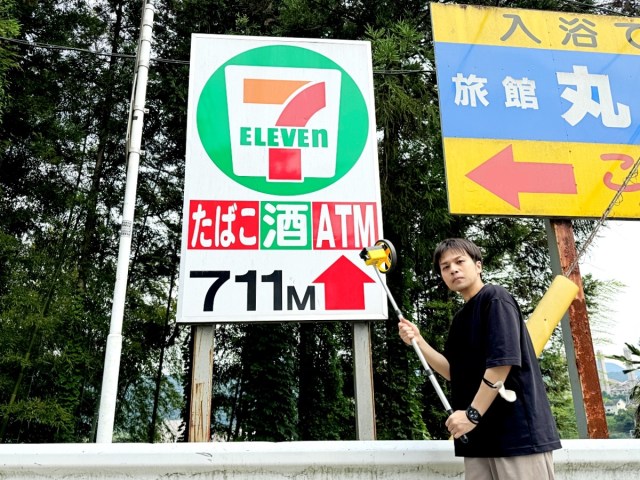

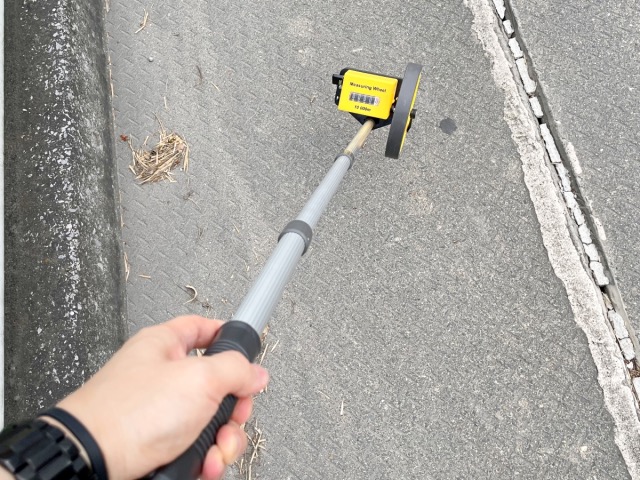
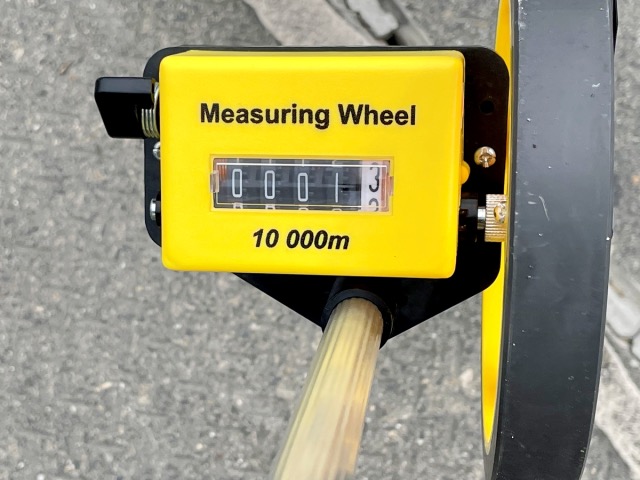
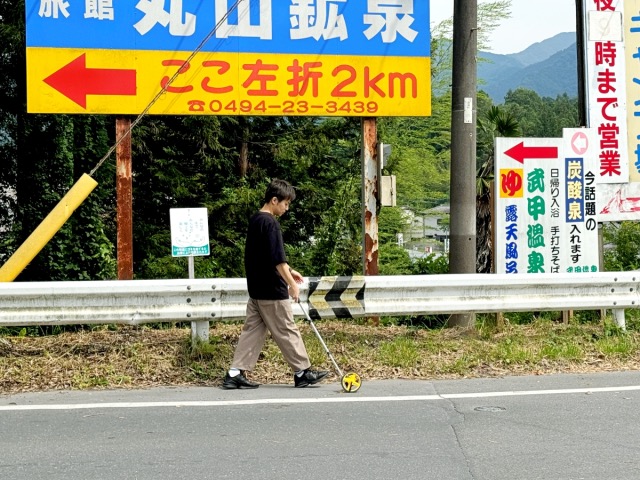
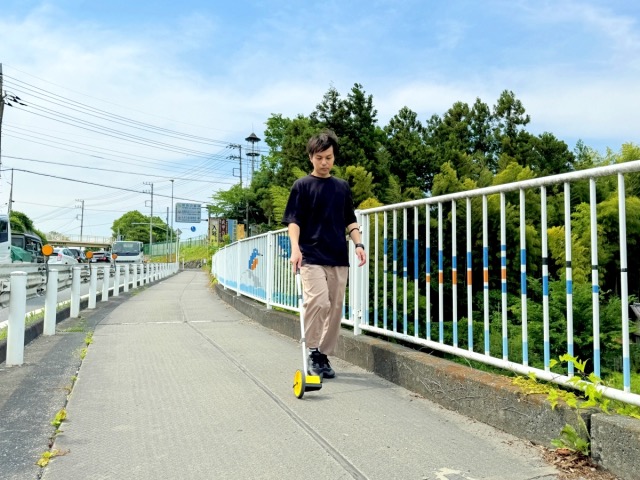
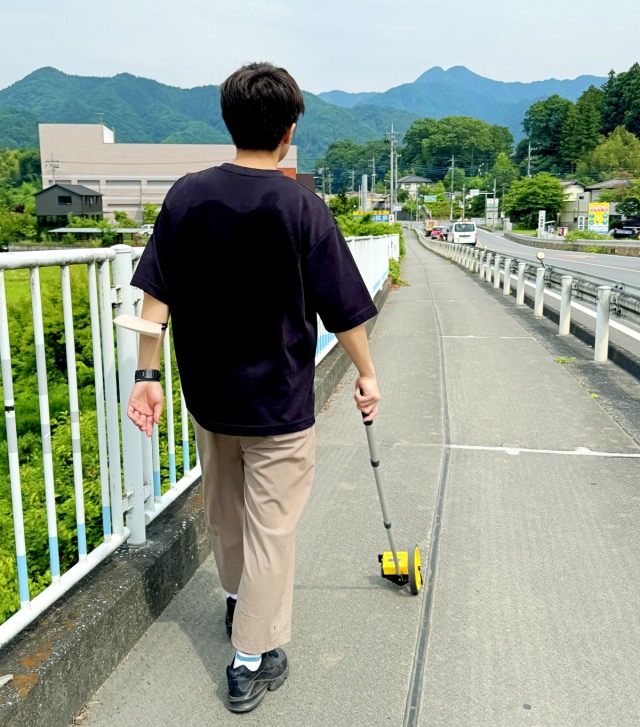
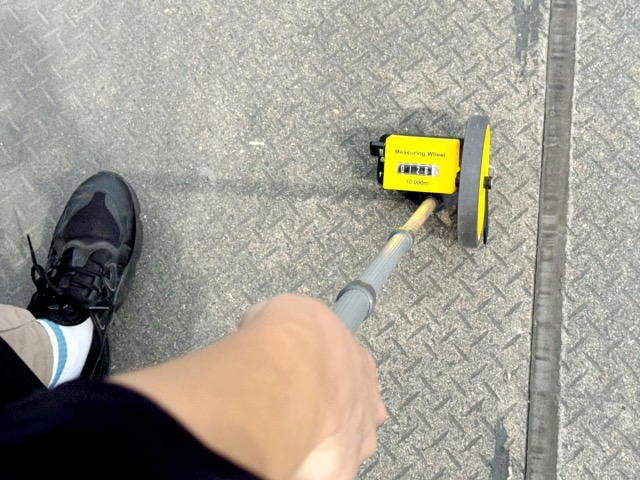
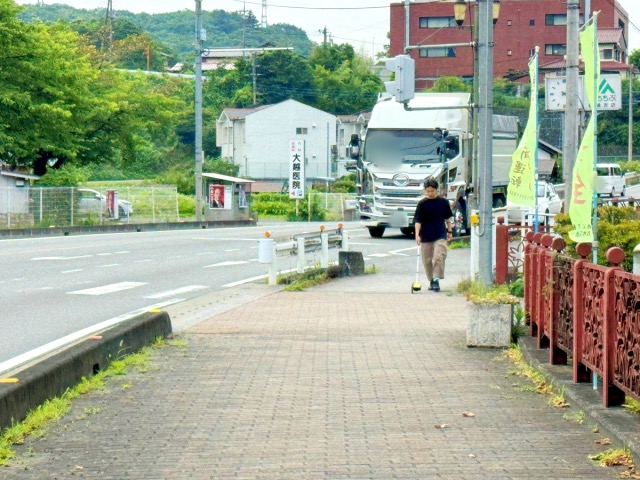
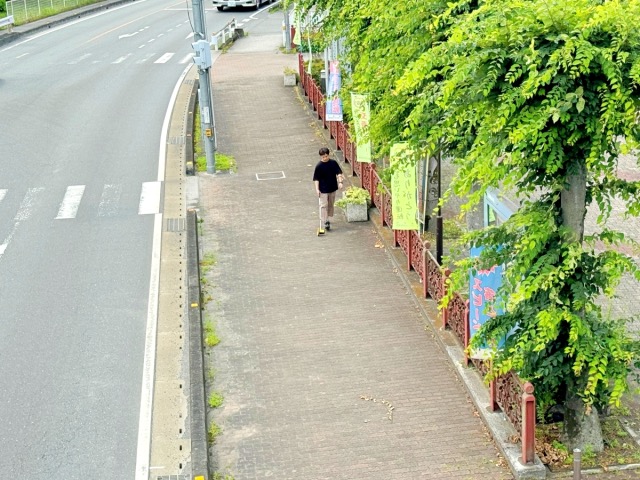
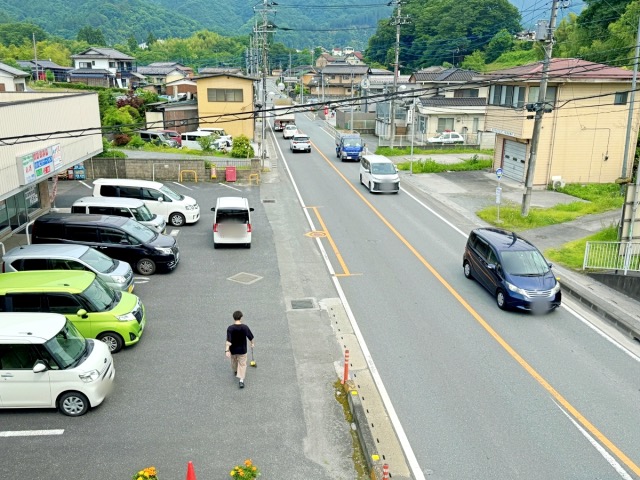

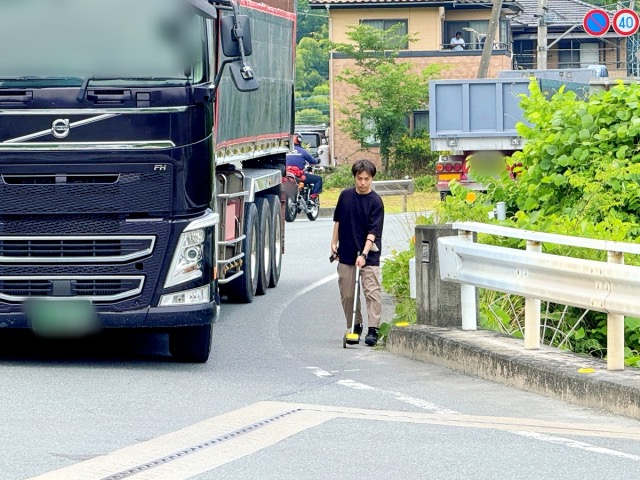
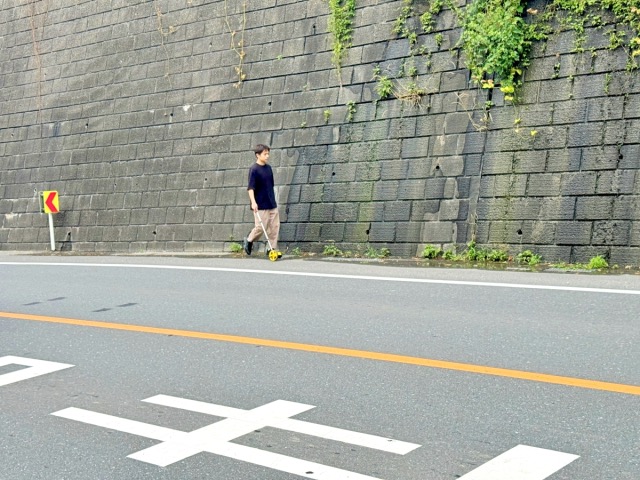
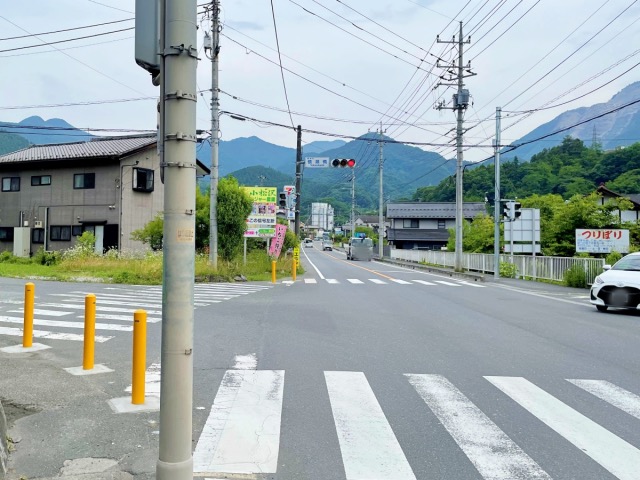
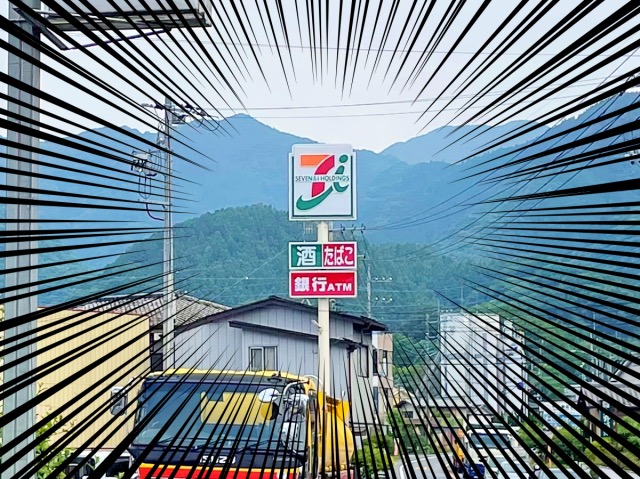
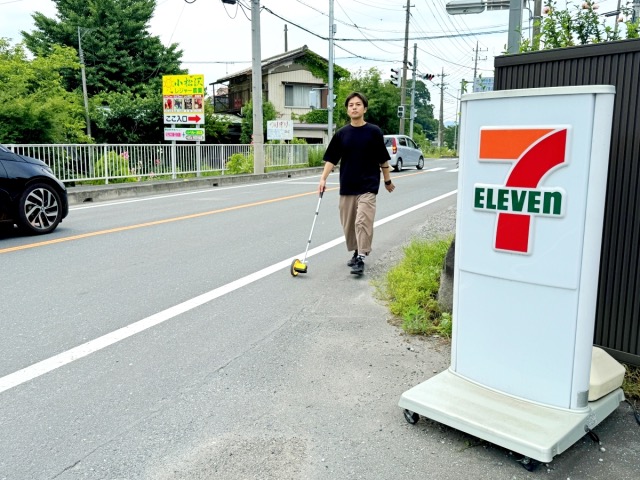
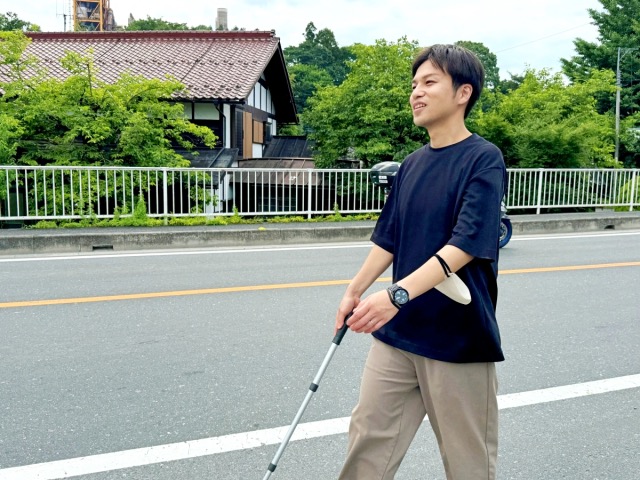

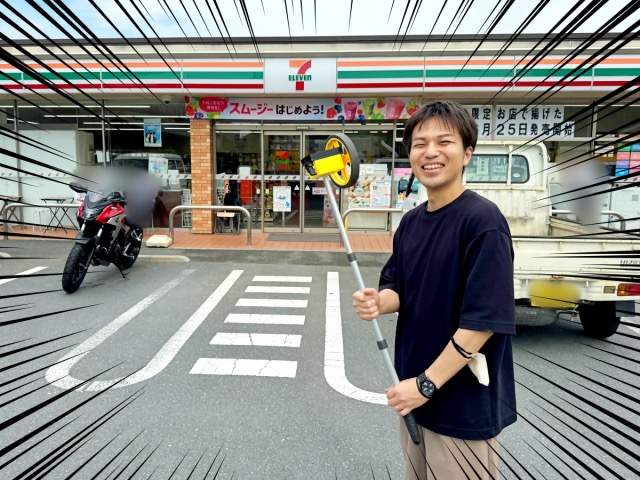
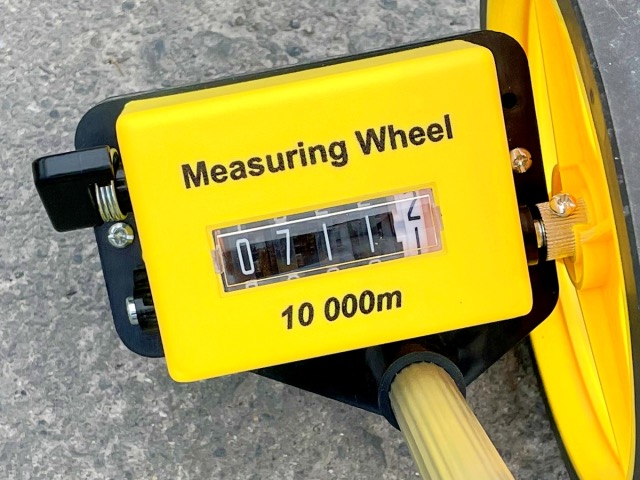
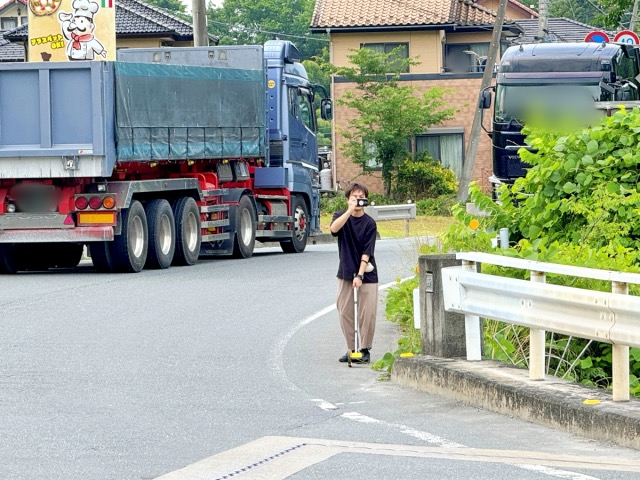
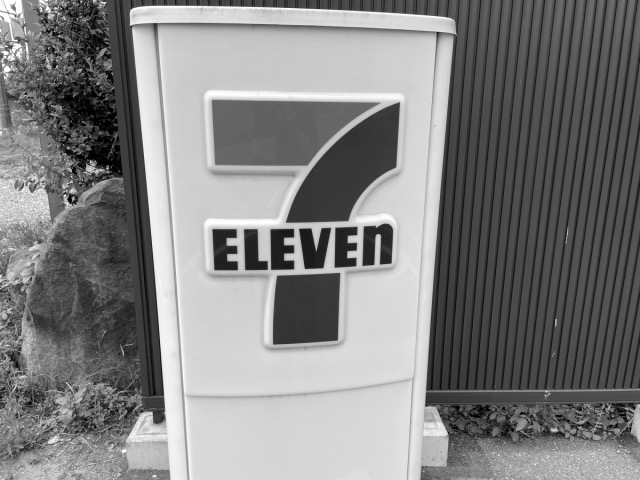
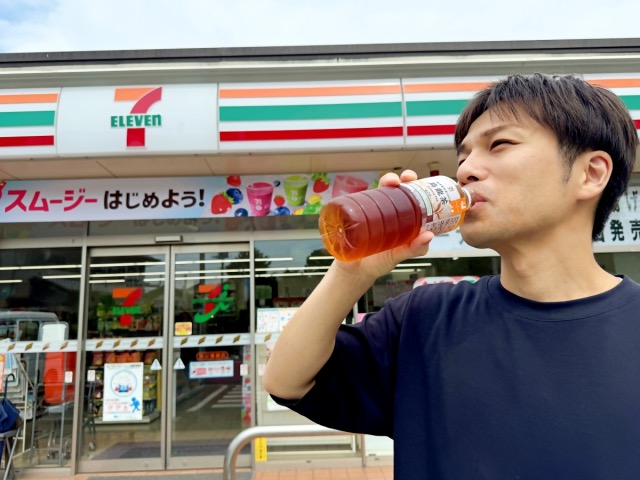

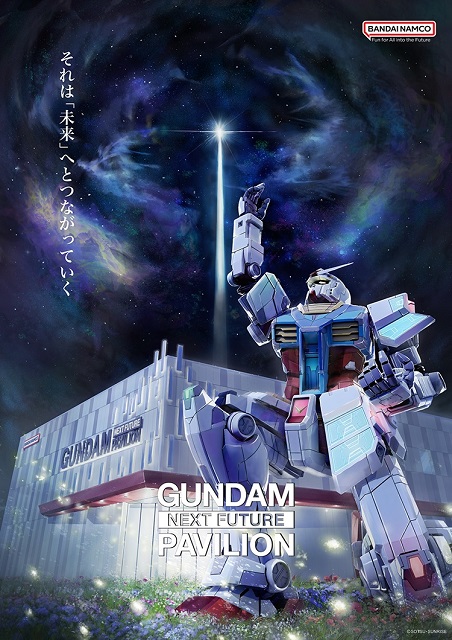

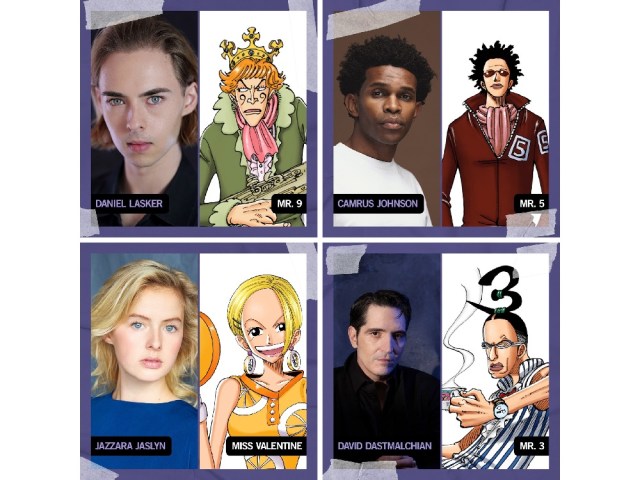



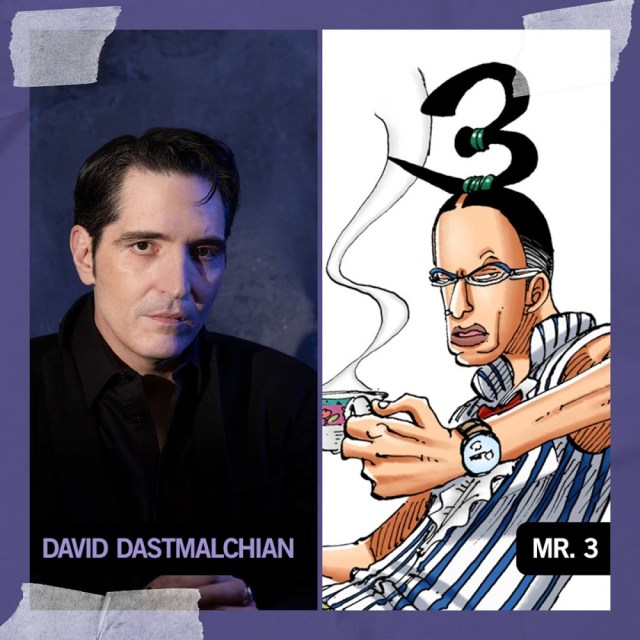
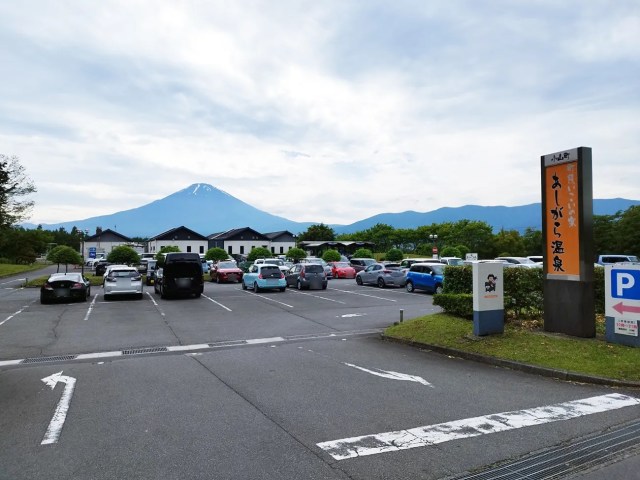
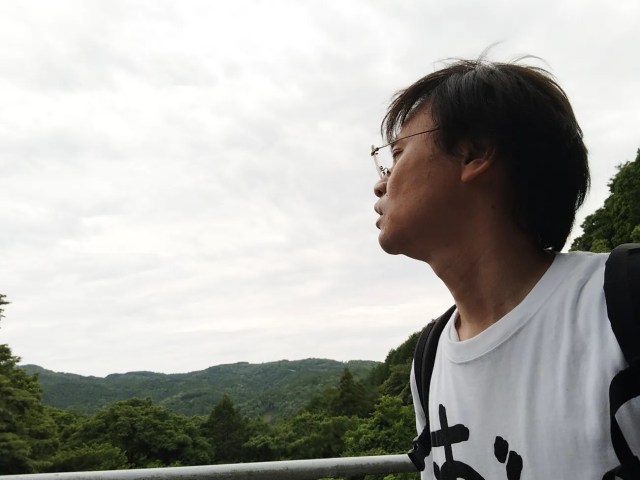
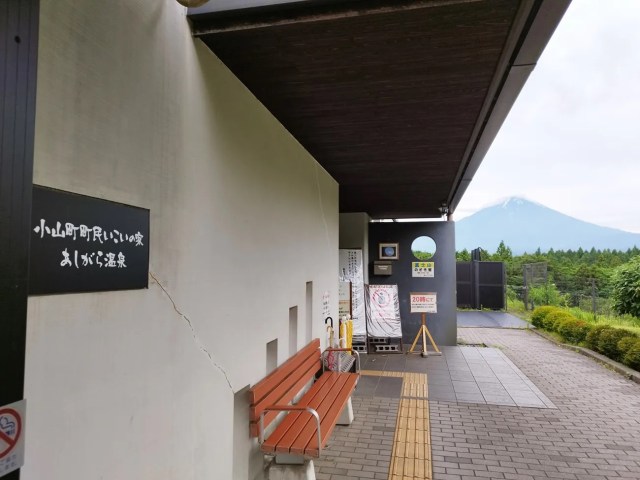
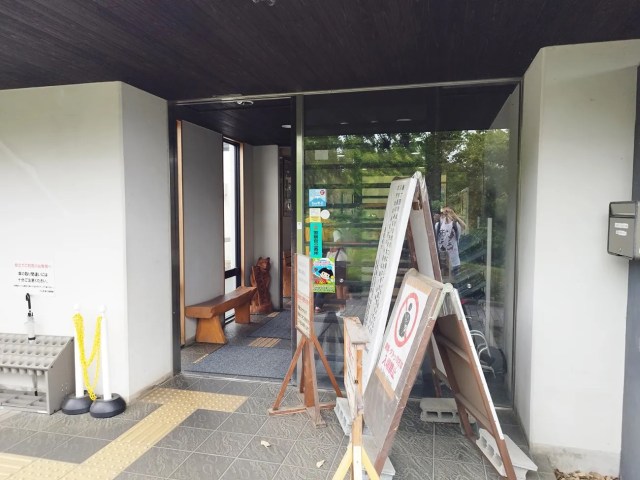
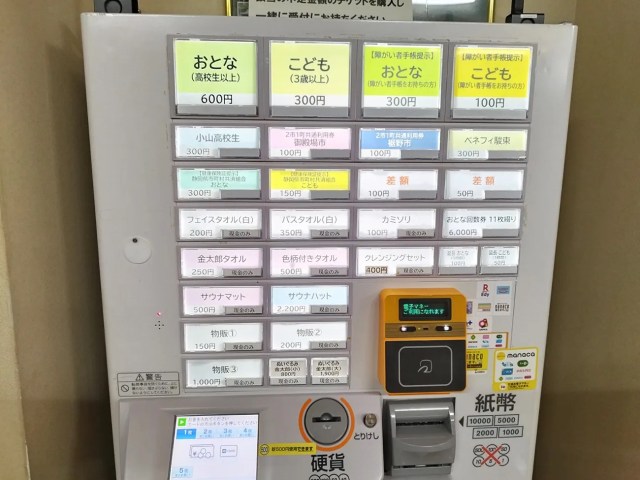
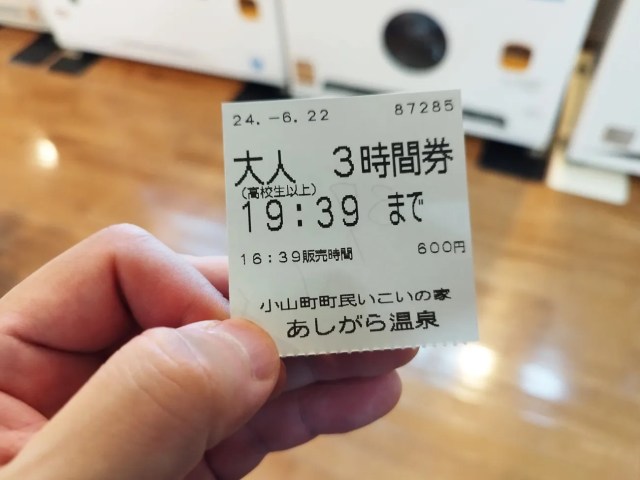
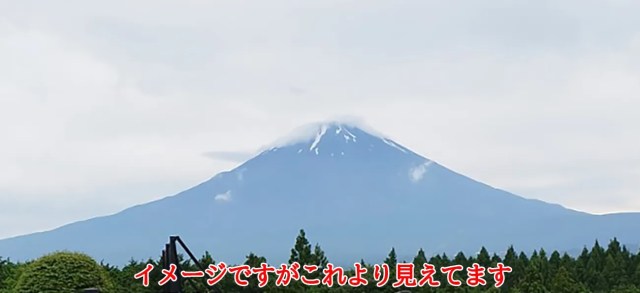
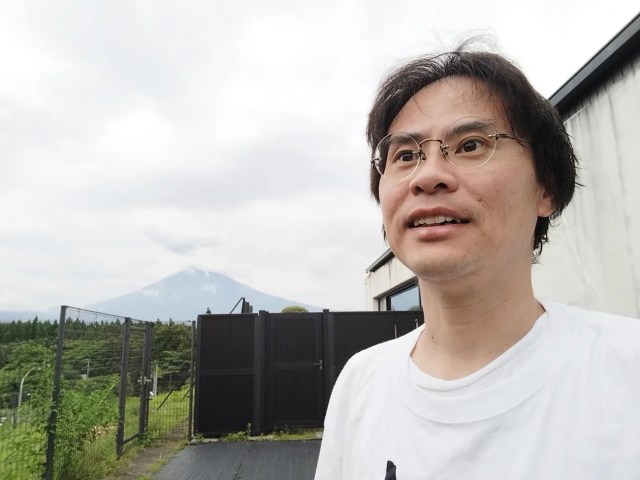
0 comments:
Post a Comment